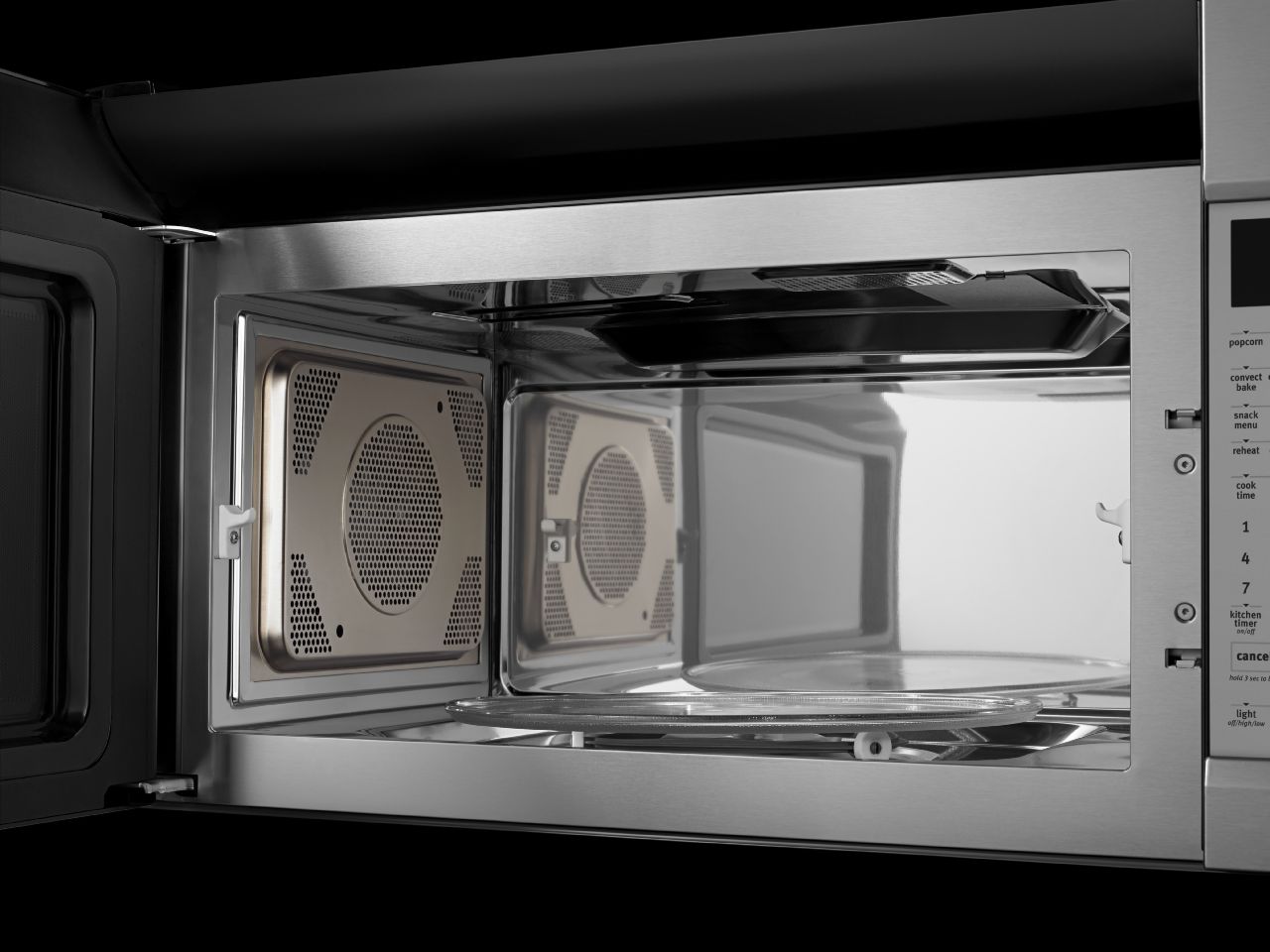
When your microwave starts throwing out sparks, you have every reason to feel panicked about that. While it may not look like much, the microwave is an incredibly powerful appliance and has the capacity to do a lot of harm if not respected. However, when your microwave starts sparking, it doesn’t mean you should just unplug it and toss it in the trash. You simply need to be able to deduce what is wrong so you have the right repair done or make the right repair yourself. However, a lot more can cause sparking in a microwave than you would expect.
Caution: Disconnect Electricity
Do not attempt any of the following without some basic understanding of how electricity works in a microwave. Even when a microwave is unplugged, you could still be harmed or even killed. We recommend calling a professional for any microwave repair help.
Metal in the Microwave
Most commonly, a microwave starts sparking because there is some kind of metal inside. Obviously, if a bit of aluminum foil or a metal utensil was left on a dish, this is the immediate and easily fixable cause of the issue. Simply remove the metal inside the microwave and the issue will stop upon next use.
However, most know not to put any metal in the microwave, so that doesn’t happen very often anymore. What does happen is unexpectedly introducing metal to a microwave and not even realizing it. A really common example is cleaning the microwave with steel wool. It may not look like it, but steel wool can leave small bits of metal behind after cleaning. When you next use the microwave, these can produce sparks. However, they can usually be removed by cleaning the microwave with a non-metallic sponge to wipe away the metal particles. This can become more difficult if they were shaved off and lodged in the vents. You may need to disassemble your microwave in order to fully remove the shavings if you cannot get them out from the interior.
Turntable Lug
If you notice that sparks are actually coming from the bottom of your microwave and seem to be coming under the turntable plate, then you may simply need to replace the lug underneath it. Typically, there is a plastic coupler underneath the turntable plate. This sits between the plate and the motor, allowing the motor to rotate the plate. However, if this lug or coupler cracks or is otherwise damaged, it can introduce metal into the microwave in the form of the metal spoke underneath it that connects to the motor.
In some cases, the lug can be just pulled right up and replaced. However, some microwaves may dictate that you need to remove the motor first and then it can be removed. The motor is accessed under the microwave after removing the outer casing.
Shelf Support
If you notice that sparks stem from the side of your microwave, then it could be the shelf support on that side. Not every microwave comes with pegs that can support a shelf. However, in ones that do, the paint can wear off these supports and then the exposed metal can cause sparking. The supports simply need to be replaced and the issue will stop.
High Voltage Diode
If the sparking seems rather random inside your microwave, then it could be caused by a malfunctioning high voltage diode. Unfortunately, if this is your problem, it is not one that many DIY appliance repair folks are comfortable tackling. The high voltage diode works with the magnetron and the capacitor to produce heat in the microwave. Unfortunately, the most conclusive way to test this is also rather difficult.
What you need to do to discover if a high voltage diode has gone faulty is to test it with a multimeter. This seems rather simple, but it isn’t. Unfortunately, even when unplugged, your microwave can store a deadly electrical charge. For your safety, you need to discharge the capacitor. This is easily done by placing an insulated screwdriver on the terminal and dragging it across the metal to the next terminal. You will know it has discharged when you hear a very jarring pop noise. It is due to the necessity that you need to do this that most people leave microwave repair to the professionals.
Once the capacitor is safely discharged, now you can finally test the high voltage diode with your multimeter. If the diode is working properly, you will find it has low resistance in one direction and high resistance on the other. If there is no resistance in one direction or low in both directions, then it will need to be replaced.
Stirrer
If you notice that the sparking seems to be focused in one area, but the above causes do check out, then you may want to look to the stirrer, if it has one. As the name suggests, the stirrer is responsible for evenly distributing waves inside your microwave. However, if it malfunctions, it can direct these wave too strongly in one single location. This can lead to sparking, but most commonly, you will notice burning in the area. The stirrer is rather simple to replace. However, you will also want to address any burn marks that are left in the microwave as well. This can wear down the protective paint and lead to metal exposure down the line. What you will want to do is sand down the burned area and apply a new coat of protective, microwave approved paint to the area.

Eliminate the Burning Smell From Your Microwave

Fixing a Samsung Freezer That Won’t Freeze

Whirlpool Oven Won’t Heat: Here’s What To Do

Easy Steps to Clean Your Refrigerator Coils

Quick Fixes for an LG Dryer Not Heating

How to Fix an Electrolux Dryer That’s Not Drying

Why Is Your Whirlpool Washer Lock Light Flashing?

Why Is Your Freezer Door Not Sealing?

How Does a Ventless Dryer Work?

